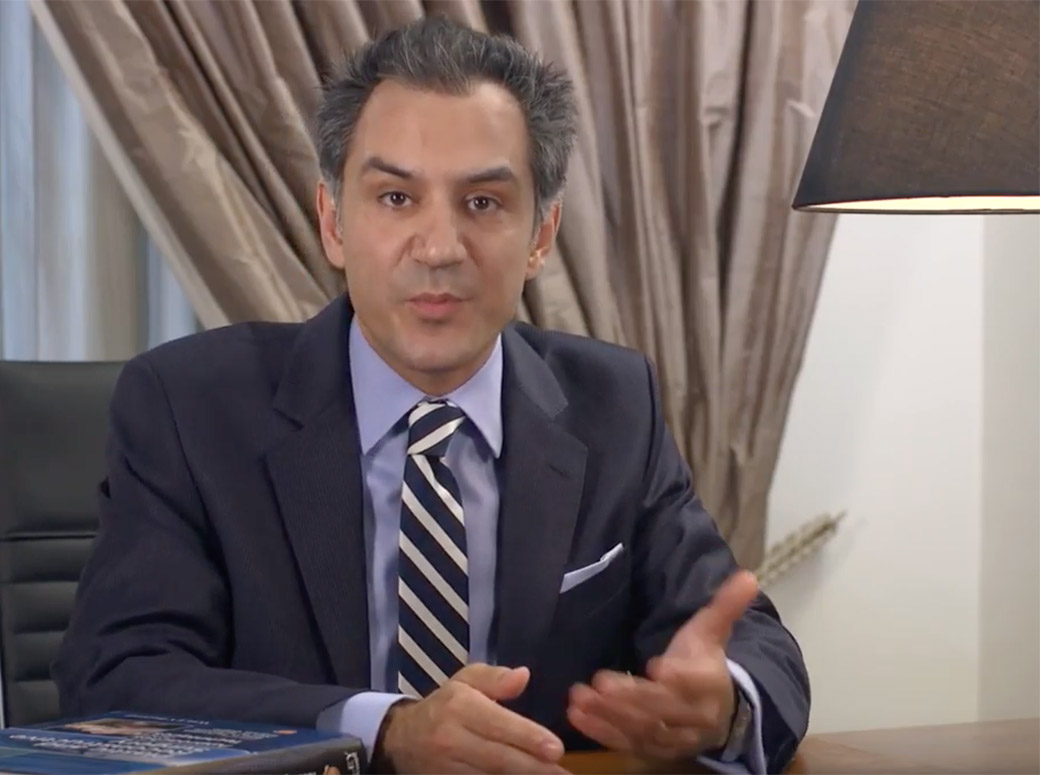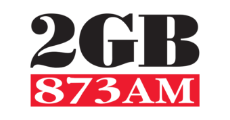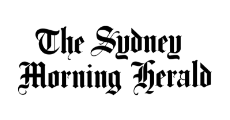Facial harmony and rejuvenation is one of Dr Farhadieh’s areas of special interest and training. At its most fundamental, the face can be thought of as made up of three sets of components. These are the:
- foundation structures: skeleton and ligaments;
- the mimetic structures: the muscles of facial animation (SMAS); and
- the façade structures: the skin, subcutaneous fat and its glands.
The ageing process affects all of these structures differently, depending on intrinsic factors related to the patient’s race, genetics, facial structure and age, as well as extrinsic factors such as previous surgery and environmental exposures. These changes dictate an individualized patient approach based on the extent of each component’s ageing as well as the patient’s expectations. In addition, patients may wish to achieve better facial harmony by changing some of the original relationships, accentuating or reducing some features.
In broad terms, facial rejuvenation involves differential manipulation of these components, depending on the patient’s needs. It is worth bearing in mind that although a patient may highlight a particular area of major concern, the face needs to be considered as a whole. An alteration in an individual part will affect the whole. Dr Farhadieh will discuss this with you and will address your needs in this context.
THE BROW
A browlift is a procedure that addresses a heavy and drooping brow. The brow position is related to the dynamic effects of two sets of muscles: depressor brow muscles, which surround the orbit, and the forehead muscle (the frontalis), which is responsible not only for raising the brow but also for forehead wrinkles.
The traditional browlift technique includes a long circumferential scalp incision and resection of the brow depressor muscles. This technique is seldom needed today because of the risk of loss of scalp hair, long scars, numb scalp and, most troubling, the startled appearance of the brow, especially in the central parts. More controlled endoscopic or minimal incision browlifts seek to reposition the brow while minimizing these troubling complications. By focusing the major part of the brow manipulation laterally, the startled appearance can be avoided, thus achieving a more natural look. The central brow depressors are addressed with adjuvant botulinum toxin application. After discussion with you, Dr Farhadieh will recommend the technique most suitable to your individual needs.
THE EYELIDS
Eyelids undergo some of the most noticeable changes in facial ageing. Some of this relates to the eyelids themselves, however much of it may also be because of the differential rate of ageing of the surrounding structures.
To many patients sagging eyelids, a tired appearance and bulges in the eyelids are the most troubling stigmas of ageing. Careful clinical assessment and understanding the patient’s concerns are vital. The approach to eyelid rejuvenation needs to be considered in the context of the ‘suspending’ structure, the brow, in the case of the upper eyelids and the ‘foundation’ structure, the mid-cheek, in the case of the lower eyelids.
After careful clinical assessment and discussion, the patient may proceed with eyelid surgery alone or as part of a broader approach addressing deficiencies in the brow and/or the mid-cheek.
For aesthetic purposes the eyelids include three components – the skin and muscle, including the underlying septum, and periorbital fat. Traditional upper eyelid surgery includes resection of large amount of skin, some muscle and large amount of periorbital fat resection. This gives the eyelids, especially the upper eyelids, a hollowed appearance and the signs of surgery. More recently, surgical techniques for the eyelid surgery have focused on fat preservation and more conservative skin resection. Dr Farhadieh’s approach to eyelid surgery is to create a youthful refreshed appearance, without leaving tell tale signs of extensive surgery.
Patients often also complain of baggy eyes, bulges and skin excess in the lower eyelid. The approach to the lower eyelids is based on first assessing the mid-cheek position, the skin and lower eyelid quality, before embarking on surgery. In general, skin excision is even more conservative in the lower eyelids. There are multiple operative approaches. If skin excision is not required and ‘eyelid bags’ surgery is the priority, Dr Farhadieh prefers to approach this from inside the eyelids, the so-called transconjunctival approach. This leaves no skin scars and allows access to the periorbital fat.
What should then be done with the eyelid fat is more controversial. Numerous techniques have been described, including releasing and redraping the fat over the lid–cheek junction, excision of fat compartments or tightening of the orbital septum. Dr Farhadieh will discuss these techniques with you and advise on the most appropriate approach.
THE FACE
With the passage of time, due to a combination of deflation of soft tissues, laxity of the ligamentous structures and recession of the bony skeleton, the face begins to show signs of ageing. Different components of the face – the skeleton, the mimetic muscles and the skin – are all affected by the ageing process. Different regions of the face, as well as various individual facial structures, age differently. This results in the final shape and appearance of the aged face. Rejuvenation of these components to achieve a natural and harmonious face requires a nuanced and individually tailored approach to determine what is necessary. A cookbook formula does not exist. In principle, however, there is some manipulation of the facial mimetic muscles, as well as the redraping, excision of the redundant skin and in some instances manipulation and readjustment of the facial skeleton foundation, may be necessary. The approach to facial rejuvenation has undergone a revolution over the last two decades. The longer scars have been replaced by a short-scar approach. Even less invasive techniques have become available more recently. Dr Farhadieh’s training in aesthetic and facial nerve surgery means that he has thorough understanding of the involved structures and will discuss with you what would be the best approach for your needs.
THE NECK
Many patients complain that their neck is one of the most problematic areas for them. A combination of skin character, laxity, fat accumulation, descent of structures due to ageing and gravity, result in the typical aged neck appearance. Many approaches have been described for addressing this problem. A small incision under the chin can be camouflaged by natural creases. An incision around the ears allows access to the neck. A combination of mimetic muscle manipulation, fat resection and redraping of the neck skin with excision of excess skin yields a rejuvenated appearance. This results in re-establishing the sharper, well-defined angles of the neck and jaw.
THE SKIN
In addition to the redraping and surgical procedures described above, adjunct procedures are available to tone up the skin. These include dermabrasion, chemical peels, laser therapy and fat transfer. Dr Farhadieh will discuss their relative merits with you.
Postoperatively you will be seen in our rooms and followed up regularly until all the swelling has settled and you are satisfied with the final result. Regular long-term follow-ups are organized routinely. Your relationship with your surgeon is the most important element of your care. We are dedicated to being there with you for every step of the journey.
Frequently Asked Questions
Yes, facelift surgery is intricate surgery, which deals with the face. General anaesthesia and overnight admissions are the safest way to undertake this surgery.
Immediately after surgery, yes, but the incisions are placed in such a way that once healed they will not be visible or noticed. From time to time, scar abnormalities or some skin loss might occur as a result of surgery. These can be managed conservatively, occasionally requiring secondary surgery.
This can vary from patient to patient. The majority of swelling resolves within the first 7-10 days. Most patients are out and about by the end of the second week. Any remaining swelling is usually gone within 4 weeks.
Whilst all humans have some intrinsic asymmetry to their face and body, in adequately trained hands noticeable persistent postoperative asymmetry is rare. The facial nerve on rare occasions is bruised during surgery, which tends to recover within a matter of weeks.
The face is amongst the most intricate parts of the body and its importance in projecting our sense of ‘self’ is clear. Performing facelift surgery is often thought of as a subspecialty amongst plastic surgeons and those who are interested seek further training beyond basic plastic surgical qualifications.
Dr Farhadieh has an interest in facial surgery and has undertaken two separate clinical fellowships in London, England, focusing on the face from both cosmetic and reconstructive perspective. You are in the safest and best trained hands with us.
Dr Farhadieh believes that the doctor-patient rapport is amongst the most sacred and privileged relationships. Our practice is based on compassion, honesty, transparency and above all, patient welfare.
We pride ourselves on making sure that you feel supported through each stage of the journey. We will be available during all stages of your journey and will schedule short, medium and long term follow ups as part of our overall practice.
















